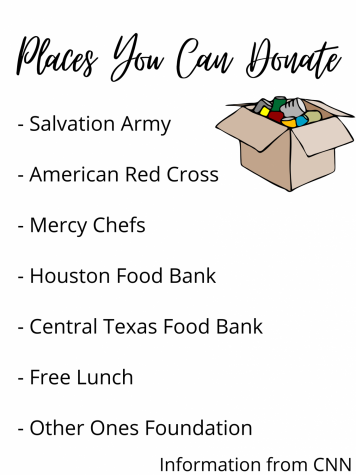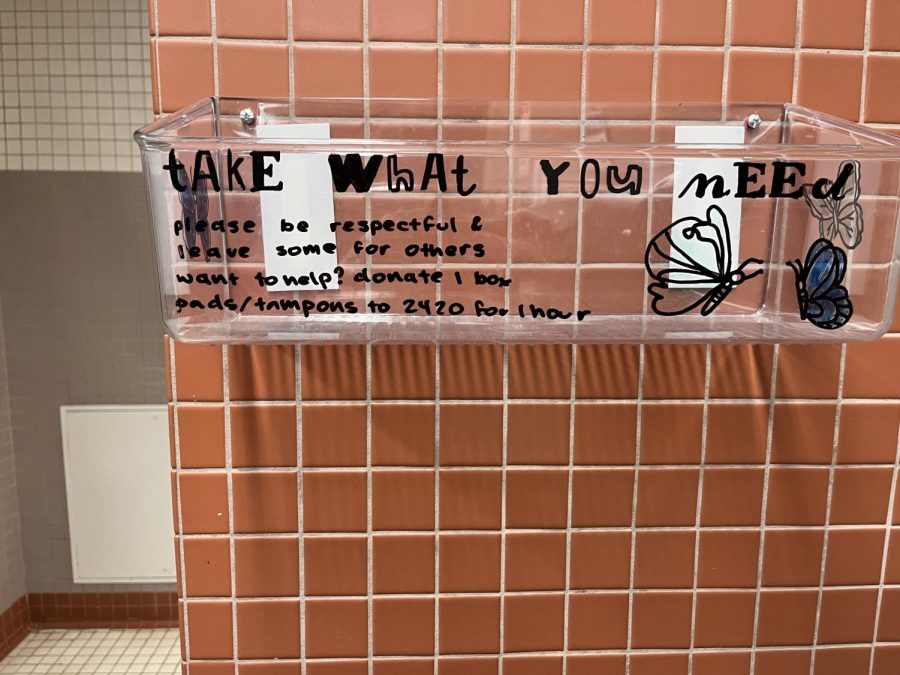Texas was hit with a major storm mid-February, causing hardships with gathering supplies and transportation. Millions of people lost electricity, leaving them without heat. Once the power turned back on, many people found that their “taps had run dry, pipes had burst or water treatment plants had failed, and that they had to boil their water before using it,” according to the New York Times.
The storm also affected Covid-19, as there were delays in vaccine deliveries. This also caused food supplies to be short at stores. Though the power came back for almost everyone, there were still tens of thousands who still did not have electricity. Many people are still without running water or must boil their tap water in order to use it.
As a result, President Joe Biden signed a major disaster declaration, allowing the government to give more aid to Texas. Governor Greg Abbott met in Austin to discuss the electric bills throughout the state, as some had risen exponentially during the crisis.
It is predicted that the power went out because natural gas production froze as demand grew, causing shortages as power plants could not produce the energy for electricity. According to the New York Times, the state lost almost five times as much power from natural gas as it did from the wind. This caused operators to turn off the power in advance to avoid damage in the long-term.
At least 58 people have died from the storm’s conditions, mainly from hypothermia, house fires, drownings and car crashes according to the New York Times. Others were poisoned by carbon monoxide from their vehicles or generators. These factors have also caused problems for hospitals. As a result of the water and electricity, a man died at a medical center in Abilene, Texas because he could not get his dialysis treatment according to the New York Times. These treatments require high amounts of filtered water and electricity and heat.
Many people are also having a hard time finding more food after they have run out of their perishable foods. The San Antonio Food Bank held a food drive to buffer the lack of resources. Volunteers and members of the Texas National Guard gathered bread, peanut butter, cakes, potatoes, onions, watermelon and more fresh foods.
The cost of this storm surpasses the $125 billion damage from Hurricane Harvey. This is because the storm affected the entire state of Texas rather than regions. So far, state agencies have reported spending $41 million on the storm, with local governments spending $49 million according to The Texas Tribune. These costs only apply to emergency costs, and the cost of damage to state infrastructure has not been reported. Lee Loftis, director of government affairs for the Independent Insurance Agents of Texas says that it is too early to determine the total cost of destruction.
Others can help those affected by the storm by donating to organizations such as the Salvation Army, American Red Cross, Mercy Chefs and more by clicking here.
“It reminds us that we are no match for mother nature. Not sure we can ever fully prepare for natural disasters or weather occurrences,” said Ryan Westbrook, sociology teacher.







